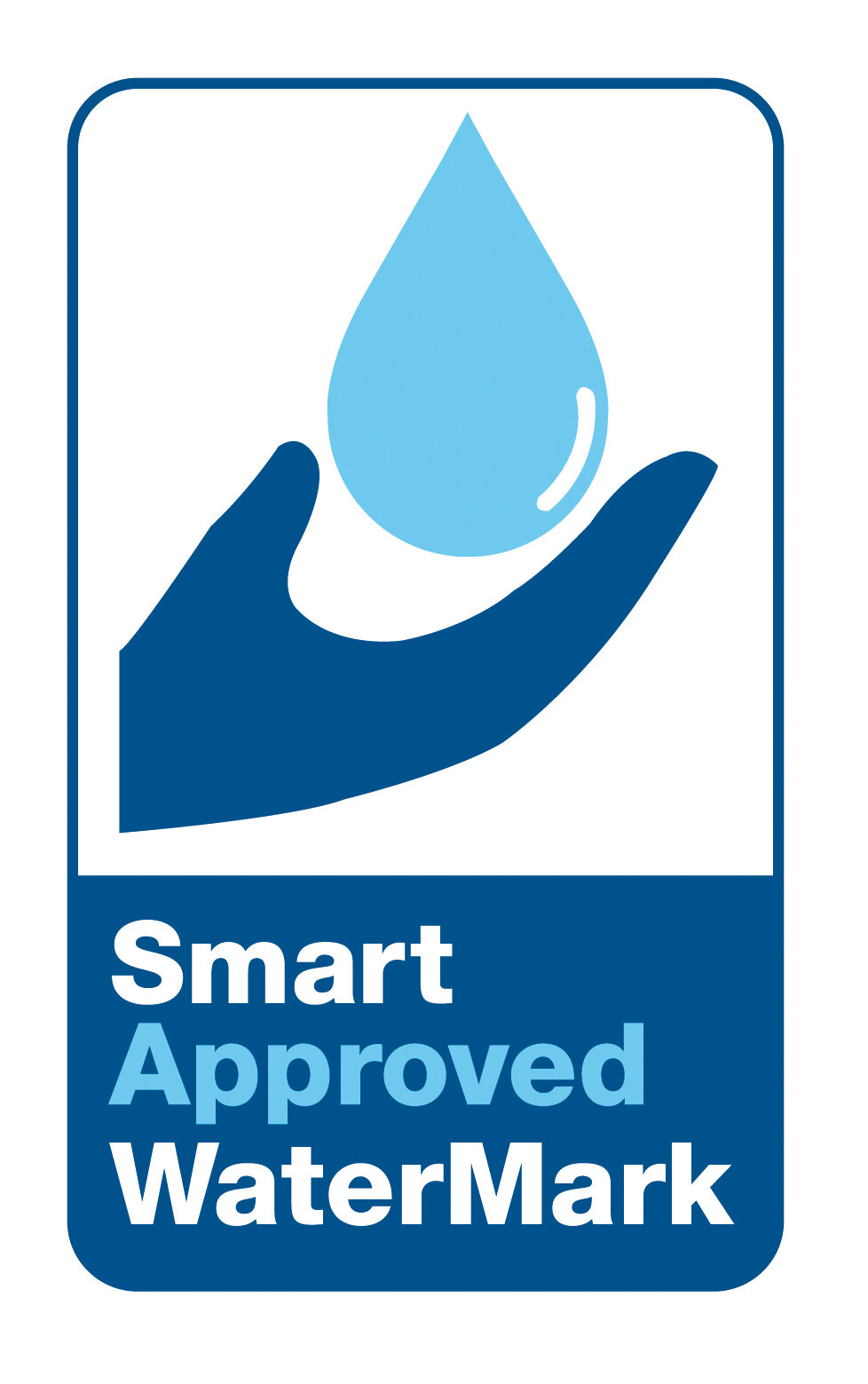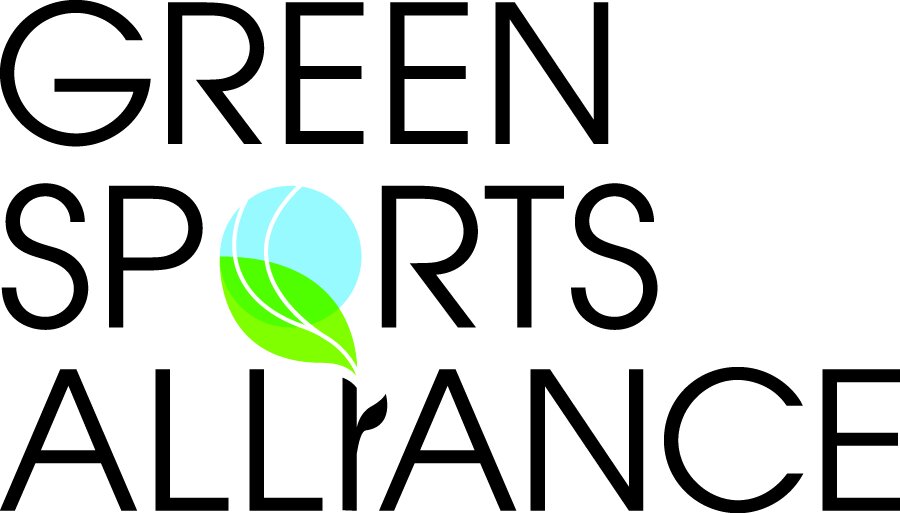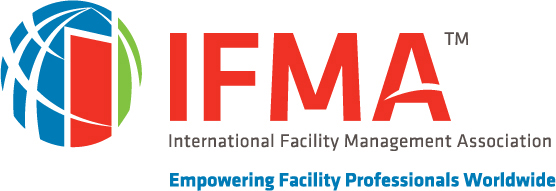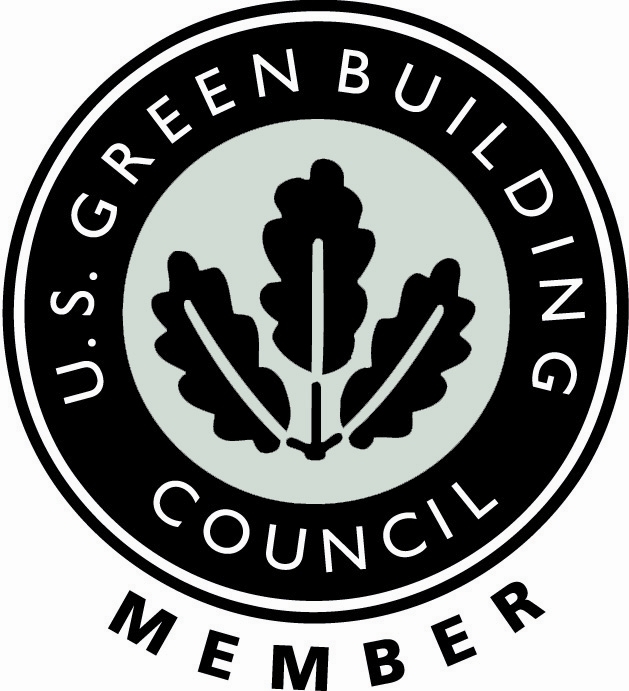To understand why Atlanta’s new Mercedes-Benz Stadium is noteworthy–especially for its focus on sustainability and water conservation–it is important to know how the stadium industry has been evolving during the past few years. People are not attending large sports venues the way they were only 10 or 15 years ago.
This has been verified by recent studies that indicate stadium attendance has been on a steady decline. In 2014, more than 35% of U.S. consumers reported that they had attended a sporting event at a stadium in the past six months. By 2017, that number had dropped to just 27%, according to a study by Gartner, a research and advisory company.
To help turn this trend around, the owners and developers of Mercedes-Benz Stadium took many steps to bring attendees back to the sports venue, including making the stadium sustainability focused. It is the first professional sports stadium in the world to earn Leadership in Energy and Environmental Design (LEED) Platinum certification.
Gold LEED certification requires a facility to earn 60 to 79 points and platinum requires 80 or more points. Mercedes-Benz Stadium earned 88 points. To reach the Platinum level, the stadium’s administrators developed water-use strategies and installed fixtures that consume far less water–or use it far more efficiently–than ever before in a sports venue.
To read more about the Atlanta Falcons new sustainable stadium, click here.












